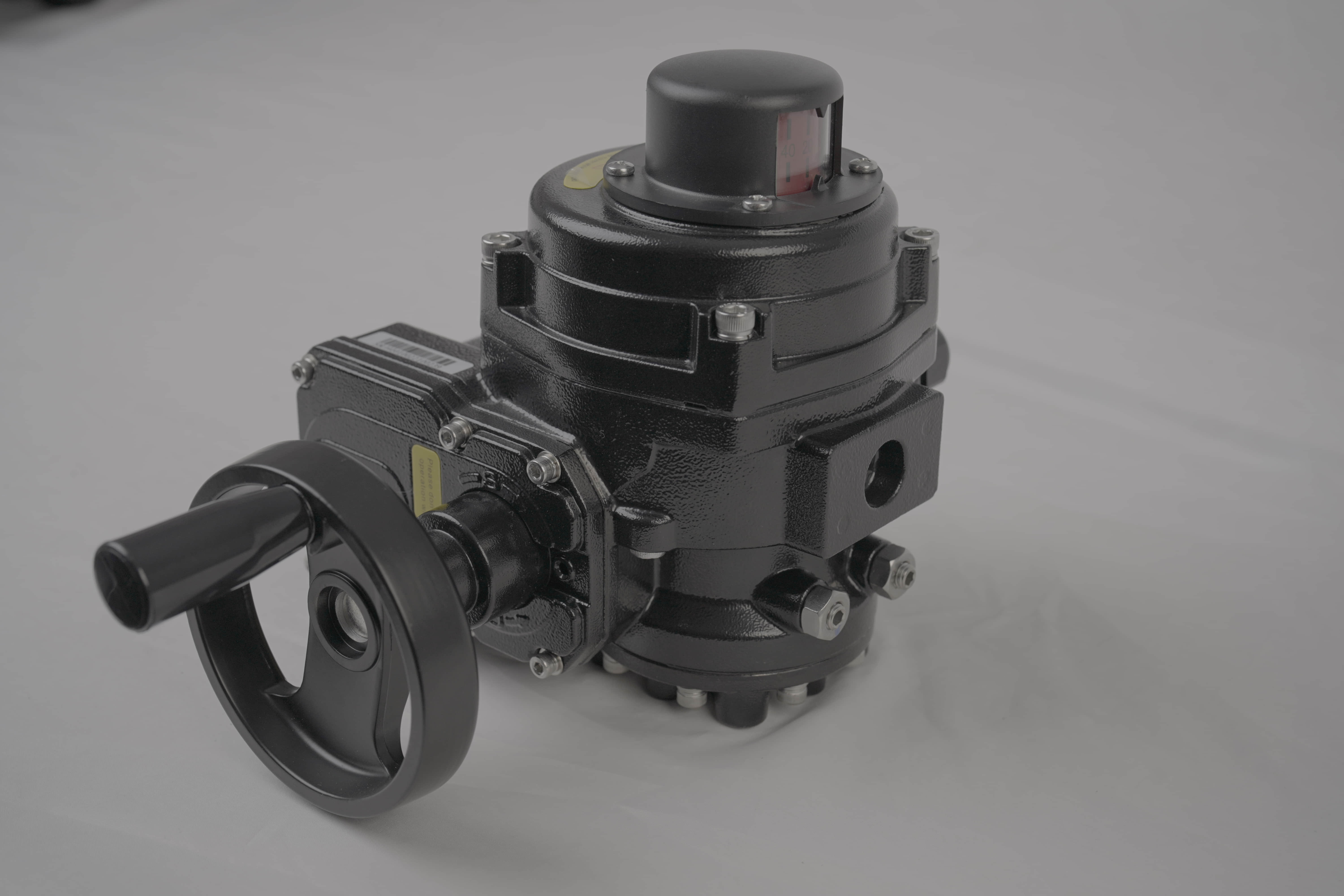wcb lithium battery valve: a game changer in battery management with helit automation
Release time:2025-02-02 02:01:58
The advancement of lithium battery technology has revolutionized industries ranging from consumer electronics to electric vehicles. Central to the success of these batteries is the precision and reliability of the components that manage and regulate their performance. Among these components, the lithium battery valve plays a crucial role in ensuring safety and efficiency. In this context, WCB lithium battery valves have emerged as a highly reliable solution, with Helit Automation’s cutting-edge technology enhancing their functionality and efficiency.

The Role of Lithium Battery Valves
Lithium batteries, while efficient and powerful, are susceptible to various risks such as overcharging, overheating, or internal pressure buildup. These factors can potentially lead to catastrophic failures like leaks, fires, or even explosions. To mitigate these risks, lithium batteries are equipped with valves that regulate pressure and prevent dangerous conditions from arising.
A lithium battery valve typically serves two primary functions: pressure relief and venting. When internal pressure reaches an unsafe level, the valve opens to release the excess pressure, maintaining the structural integrity of the battery and preventing potential failure. Additionally, in some designs, the valve may also function as a safety feature by venting gases that accumulate during charging or discharging processes.

